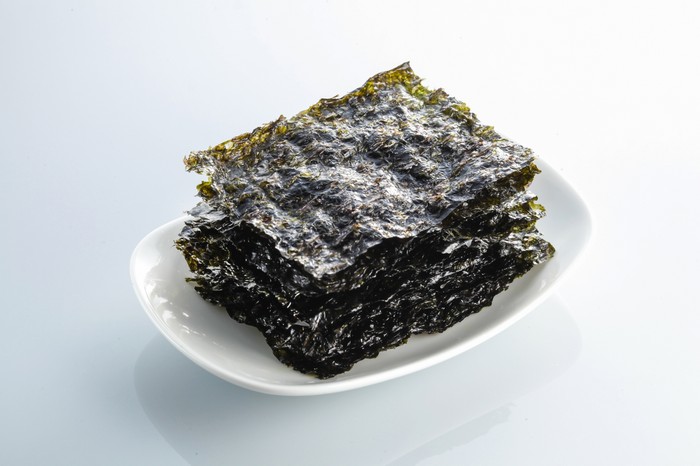Exercise is essential for maintaining good health and fitness levels. However, not all exercises are created equal. There are two main types of exercise: aerobic and anaerobic. Understanding the difference between these two types of exercise can help you design a workout routine that is effective and efficient. In this article, we will explore the difference between aerobic and anaerobic exercise.
Aerobic Exercise
Aerobic exercise, also known as cardio exercise, is any form of exercise that requires the use of oxygen to produce energy. During aerobic exercise, your heart rate increases, and you breathe faster and deeper to supply your muscles with oxygen. Some examples of aerobic exercise include running, cycling, swimming, and dancing.
One of the main benefits of aerobic exercise is that it can help improve cardiovascular health. When you perform aerobic exercise, your heart becomes stronger, and your blood vessels become more flexible, which can help lower your risk of heart disease and stroke. Additionally, aerobic exercise can help improve lung function, increase endurance, and boost overall fitness levels.
Another benefit of aerobic exercise is that it can help burn calories and promote weight loss. When you perform aerobic exercise, your body burns calories to produce energy. The more intense your workout, the more calories you will burn. Additionally, aerobic exercise can help increase your metabolism, which can help you burn more calories throughout the day.
Anaerobic Exercise
Anaerobic exercise is any form of exercise that does not require the use of oxygen to produce energy. During anaerobic exercise, your body uses stored energy sources, such as glycogen, to produce energy. Some examples of anaerobic exercise include weightlifting, sprinting, and high-intensity interval training (HIIT).
One of the main benefits of anaerobic exercise is that it can help increase muscle strength and size. When you perform anaerobic exercise, you create micro-tears in your muscle fibers. As your muscles repair themselves, they become stronger and larger. Additionally, anaerobic exercise can help improve bone density, which can help lower your risk of osteoporosis.
Another benefit of anaerobic exercise is that it can help improve power and speed. When you perform anaerobic exercise, you use your fast-twitch muscle fibers, which are responsible for explosive movements. By training your fast-twitch muscle fibers, you can improve your ability to generate power and speed.
The Differences Between Aerobic and Anaerobic Exercise
The main difference between aerobic and anaerobic exercise is the way in which energy is produced. During aerobic exercise, your body uses oxygen to produce energy. During anaerobic exercise, your body uses stored energy sources, such as glycogen, to produce energy.
Another difference between aerobic and anaerobic exercise is the duration and intensity of the workout. Aerobic exercise is typically performed at a moderate intensity for an extended period, such as 30 minutes or more. Anaerobic exercise, on the other hand, is typically performed at a high intensity for a shorter period, such as 10-30 seconds.
The type of muscle fibers used during aerobic and anaerobic exercise is also different. During aerobic exercise, you use your slow-twitch muscle fibers, which are responsible for endurance activities. During anaerobic exercise, you use your fast-twitch muscle fibers, which are responsible for explosive movements.
Finally, the benefits of aerobic and anaerobic exercise are different. Aerobic exercise is primarily beneficial for cardiovascular health, endurance, and weight loss. Anaerobic exercise is primarily beneficial for muscle strength, power, and speed.
Incorporating Aerobic and Anaerobic Exercise into Your Workout Routine
Both aerobic and anaerobic exercise are important for maintaining good health and fitness levels. To get the most benefit from your workout routine, it is important to incorporate both types of exercise into your routine.
One way to do this is to perform aerobic exercise on one day and anaerobic exercise on another day. For example, you could run or cycle on Monday, Wednesday, and Friday, and lift weights on Tuesday and Thursday. Another way to incorporate both types of exercise into your routine is to perform interval training. Interval training involves alternating between periods of high-intensity exercise (anaerobic) and low-intensity exercise (aerobic).
It is also important to choose the right type of aerobic and anaerobic exercise for your fitness level and goals. If you are just starting out, low-impact aerobic exercises such as walking or swimming may be a good place to start. As you become more fit, you can gradually increase the intensity and duration of your workouts. When it comes to anaerobic exercise, it is important to start with light weights and gradually increase the weight as you become stronger.
Conclusion
In conclusion, the difference between aerobic and anaerobic exercise lies in the way in which energy is produced, the duration and intensity of the workout, the type of muscle fibers used, and the benefits of the exercise. Both types of exercise are important for maintaining good health and fitness levels. To get the most benefit from your workout routine, it is important to incorporate both types of exercise into your routine and choose the right type of exercise for your fitness level and goals. With dedication and consistency, you can achieve your fitness goals and improve your overall health and wellbeing.
[inline_related_posts title=”You Might Be Interested In” title_align=”left” style=”list” number=”6″ align=”none” ids=”4259,4351,4418″ by=”categories” orderby=”rand” order=”DESC” hide_thumb=”no” thumb_right=”no” views=”no” date=”yes” grid_columns=”2″ post_type=”” tax=””]
































